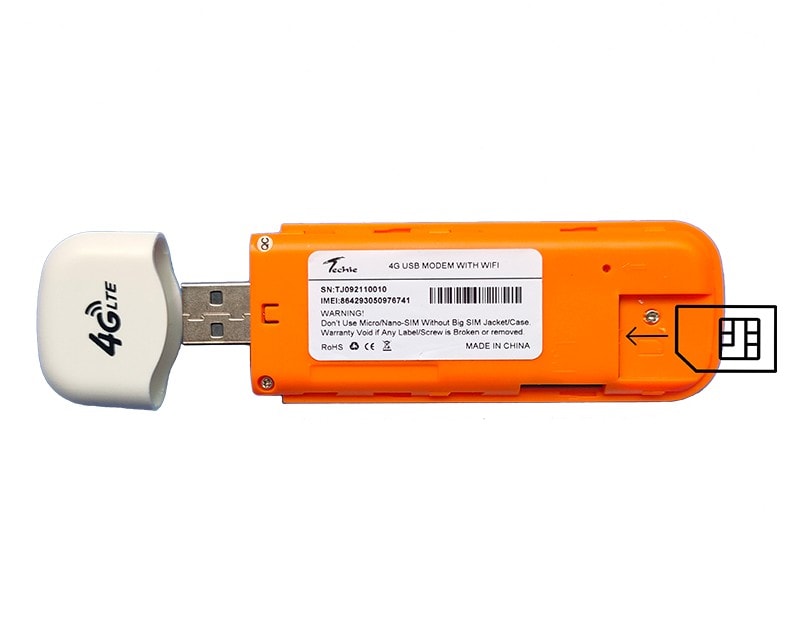Modem
Modulator converts information from digital mode to analog mode at the transmitting end and demodulator converts the same from analog to digital at receiving. The process of converting analog signals of one computer network into digital signals of another computer network so they can be processed by a receiving computer is referred to digitizing.
When an analog facility is used for data communication between two digital devices called Data Terminal Equipment(DTE), modems are used at each end. DTE can be a terminal OR a computer.
The modem at the transmitting end converts the digital signal generated by DTE into an analog signal by modulating a carrier. This modem at the receiving and demodulates the carrier and hand over the demodulated digital signal to the DTE.
The transmission medium between the two modems can be dedicated circuit or a switched telephone circuit. If a switched telephone circuit is used, then the modems are connected to the local telephone exchanges. Whenever data transmission is required connection between the modems is established through telephone exchanges.
TYPES OF MODEM
There are many types of modem, which are as follow:-
1. External Modem:- An external modem is a removable device which is used for communication purpose. This type of modem is externally connected with a computer with com port or USB port and has some lights which indicate the processing status. The external modem may dial-up modem or broadband modem .
An external modem is attached to the computer system with the help of COM1 or COM2 ports.
It is connected to the telephone wall jack by another cable.
External power is supplied to it.
It is very easy to setup.
2. Internal Modem:- An Internal modem on-board modem is a type of modem that is installed on the slots of the motherboard. This modem is an expansion card.
An internal modem is a circuit board that can be attached inside the system through expansion slots.
It cannot be moved easily from one PC to another.
It is set up is difficult.
3. Wireless Modem:- The wireless modem transmits data through the air ( using unguided media ) instead of cable ( guided media ).
It is also called a radiofrequency modem.
these are designed to work with cellular technology and wireless local area network.
These are not ye perfect but the technology is rapidly improving.
4. Fax Modem:- Fax modem enables a computer to transmit and receive document on a telephone line normally called fax. With a fax modem, a computer performs like a fax machine.
5. Dial-up Modem:- The dial-up modem transfers the analog signal through ordinary telephone lines. This modem is usually used to connect to isp using analog signals. The dial-up modem may be an external or internal modem.
6. ISDN Modem:- ISDN stands for Integrated Service for the Digital Network is a type of communication standards for simultaneous digital transmission of voice video data over a signal wire or optical fiber. It can operate over a stander telephone, wires or other media. It is completely digital in nature from one end of the connection to another.
ADVANTAGES
1. More useful in connecting LAN with the internet
2. Speed depends on the cost.
DISADVANTAGES
1. Acts just a interface between LAN and Internet.
2. No traffic maintenance is present.

Comments
Post a Comment